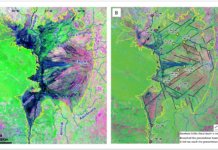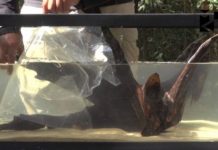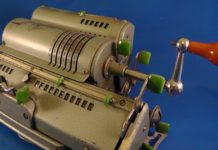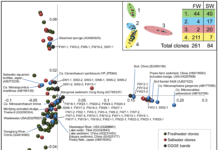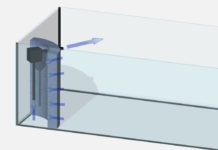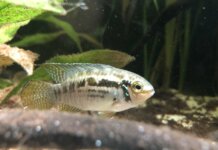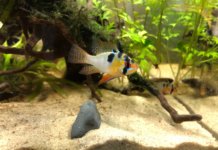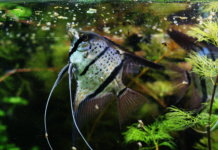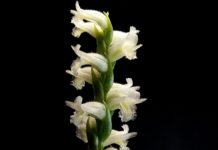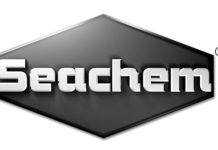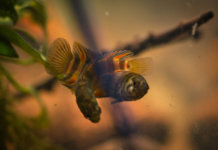Riferimenti
Vorrei ringraziare Gerald Pottern, socio fondatore della Raleigh Aquarium Society – un’autorità sui cibi vivi, per il suo aiuto nella stesura del presente articolo.
1. Mohebbi F. 2010. The brine shrimp Artemia and hypersaline environments microalgal composition: a mutual interaction (Review). Int. J. Aquat. Sci. 1: 19-27.
2. Marques A et al. 2005. Effects of bacteria on Artemia franciscana cultured in different gnotobiotic environments. Appl. Environ. Microbiol. 71: 4307-4317.
3. Asil SM et al. 2012. The influence of light (intensity and duration) on the cysts hatching parameters and nauplii growth of Artemia urmiana (Günther 1890). World J. Zoology 1:60-64.
4. Noga EJ. 2010. Fish Disease: Diagnosis and Treatment. Wiley-Blackwell (Hoboken, NJ), p. 414.
5. Persoone G and Sorgeloos P. 1980. General aspects of the ecology and biogeography of Artemia. In: Persoone G et al (Eds). The Brine Shrimp Artemia (Vol 3). Universa Press (Wetteren, Belguim), p 36.
6. Dwivedi SN et al. 1980. Mass culture of brine shrimp under controlled conditions in cement pools at Bombay, India. In: Persoone G et al (Eds). The Brine Shrimp Artemia (Vol 3). Universa Press (Wetteren, Belguim), pp. 175-183.
7. Nambu Z, Tanaka S and Nambu F. 2004. Influence of photoperiod and temperature on reproductive mode in the brine shrimp, Artemia franciscana. J. Expt. Zoology 301A:542-46.
8. Dhert P et al. 1997. Possible applications of modern fish larviculture technology to ornamental fish production. Aquarium Sciences and Conservation 1: 119-128.
9. Tye M et al. 2014. Nonhatching decapsulated Artemia cysts as a replacement to Artemia nauplii in juvenile and adult zebrafish culture. Zebrafish DOI: 0.1089
10. Lim IC et al. 2002. Use of decapsulated Artemia cysts in ornamental fish culture. Aquaculture Research 33: 575-589.
11. Adewolu MA et al. 2009. Growth performance and survival of hybrid African catfish larvae (Clarias gariepinus X Heterobranchus bidorsalis) fed on different diets. The Zoologist 7: 45-51.
12. Malla S and Banik S. 2015 Production and application of live food organisms for freshwater ornamental fish larviculture. Adv. Biores. 6: 159-167.
13. Gorospe J and Nakamura K. 1996. Associated bacterial microflora in Artemia-rice bran culture. Israeli J. Aquaculture 48: 99-107.
14. Verschuere L et al. 1999. Microbial control of the culture of Artemia juveniles through preemptive colonization by selected bacterial strains. Appl. Environ. Microbiol. 65: 2527-33.
15. Bossuyt E and Sorgeloos P. 1980. Technological aspects of the batch culturing of Artemia in high density. In: Persoone G et al (Eds). The Brine Shrimp Artemia (Vol 2). Universa Press (Wetteren, Belguim), pp 55-82.
16. Chen, J-C, Chen K-J, and Liao J-M. 1989. Joint action of ammonia and nitrite on Artemia nauplii. Aquaculture 77: 329-36.
17. MacRae TH and Pandey AS. 1991. Effects of metals on the early life stages of the brine shrimp, Artemia: A developmental toxicity assay. Arch. Environ. Contam. Toxicol. 20: 247-52.
18. Lavens P and Sorgeloos P. 2000. The history, present status and prospects of the availability of Artemia cysts for aquaculture. Aquaculture 181: 397-40
Diana Walstad è autrice di Ecology of the Planted Aquarium (2013). Per maggiori informazioni sui suoi libri, visita dianawalstad.com
Crediti
Immagine di copertina: By © Hans Hillewaert, CC BY-SA 4.0, https://commons.wikimedia.org/w/index.php?curid=9575694



